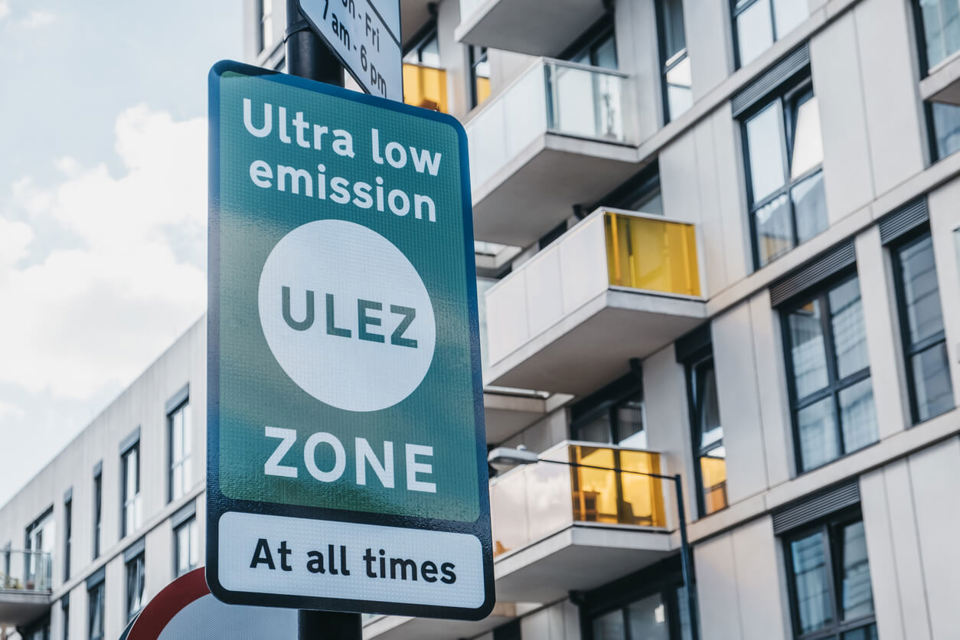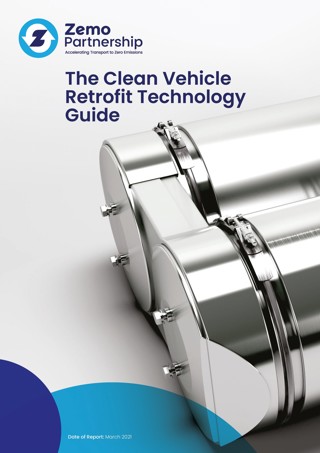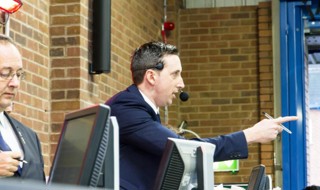Two-in-five van operators are not aware of the fees and fines they face for not complying with London’s expanded ultra-low emission zone (ULEZ), research suggests.
The new expanded ULEZ, which comes into force from Monday (October 25) could affect 35,000 vans every day, according to Transport for London (TfL).
It will cover an area up to, but not including, the North Circular Road (A406) and South Circular Road (A205). It is 18 times larger than the original central London ULEZ, which occupied the same area as the congestion charge zone.
According to the new research from vehicle rental company Enterprise, almost one in five UK van owners (18%) still don’t know what they plan to do as low emission and clean air zones (CAZ) emerge and expand around the country - even though three-quarters (76%) believe that their journeys will be affected by these zones.
The study of 2,000 UK drivers also found that 10% of van owners possess a vehicle that is more than 15 years old and is therefore unlikely to be compliant with Euro 6 emissions standards.
This means they are very likely to face charges and fines by driving into CAZ areas such as those currently in place in London, Bath and Birmingham.
The research noted that van drivers take an average of 10 trips per month into urban areas that either have a CAZ now or are planning to introduce one.
In total, 15% of all drivers who make business trips into CAZs are in vans and 16% of those whose daily journeys will be affected by these zones are van drivers.
Daily charges for the UK’s current three CAZs range substantially based on vehicle type, from £8 to £50 per day. The average fine for driving into a zone without paying the relevant charge is currently £120, reduced to £60 if paid within 14 days.
A fifth of van owners (20%) say they plan to adjust to the introduction of CAZs by avoiding going into those locations altogether, while one in nine (11%) plan to accept that they will have to pay a charge - a cost that may be passed on to their customers.
Ben Lawson, vice president mobility for Europe at Enterprise, said: “While the costs associated with entering a clean air or low emission zone can be charged to the business, it will increase operational expenses at a time when businesses – and especially SMEs – are already feeling stretched.
“Clean air zones are important in reducing transport emissions and encouraging people away from driving older and more polluting vehicles. However, van owners need to be able to access a low-emission and Euro 6-compliant vehicle when they have no choice but to drive into a CAZ.”
“Planning ahead is vital, as it will help businesses identify where they will need to drive into one of these zones and how best to address the charges.”
The central London ULEZ, says Transport for London (TfL), has been “transformational” since its introduction in April 2019, helping to reduce roadside concentrations of nitrogen dioxide (NO2) in the CAZ by almost half.
Read more about changes to London’s ULEZ and congestion charge zone in the October edition of Fleet News.
























Login to comment
Comments
No comments have been made yet.